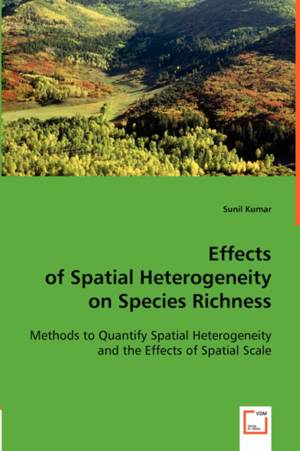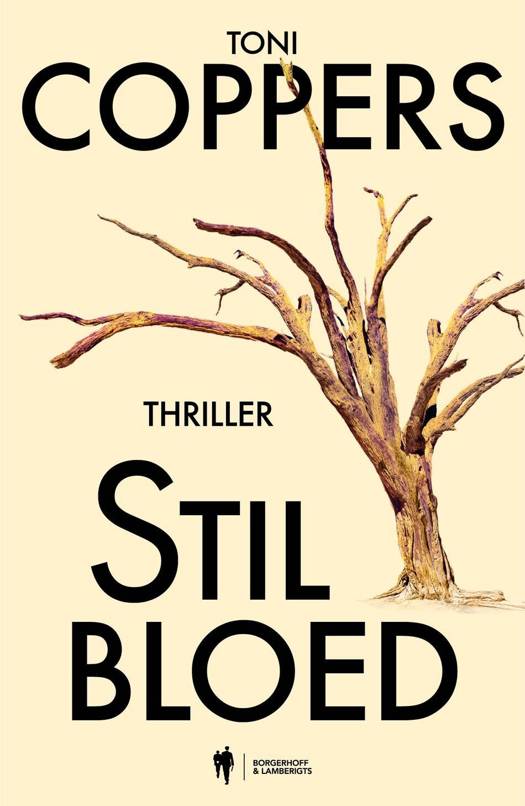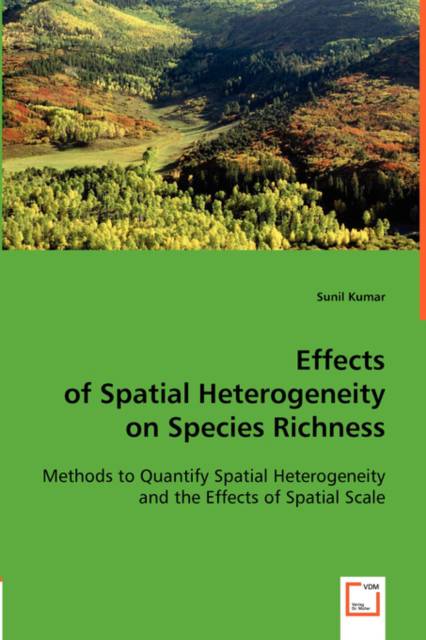
- Afhalen na 1 uur in een winkel met voorraad
- Gratis thuislevering in België vanaf € 30
- Ruim aanbod met 7 miljoen producten
- Afhalen na 1 uur in een winkel met voorraad
- Gratis thuislevering in België vanaf € 30
- Ruim aanbod met 7 miljoen producten
Zoeken
Effects of Spatial Heterogeneity on Species Richness
Methods to Quantify Spatial Heterogeneity and the Effects of Spatial Scale
Kumar
Paperback | Engels
€ 86,45
+ 172 punten
Omschrijving
Spatial heterogeneity may have differential effects on the distribution of native and nonnative plant and butterfly species and their interactions. These effects may be scale dependent and may vary for different levels of biological organizations. This book offers an approach to quantify spatial heterogeneity and spatial autocorrelation at multiple spatial scales. The book presents a case study on how to quantify spatial heterogeneity in a forested, mountainous landscape and relate it to native and nonnative plant and butterfly species richness at multiple scales. It shows that including measures of spatial heterogeneity around the sample plots with traditionally used environmental predictors can provide ecologists with an additional explanatory power. It also shows how landscape composition and configuration affect native and nonnative plant and butterfly species. This book is written for ecologists, and conservationists interested in learning how spatial heterogeneity and spatial autocorrelation affect species diversity across the landscape.
Specificaties
Betrokkenen
- Auteur(s):
- Uitgeverij:
Inhoud
- Aantal bladzijden:
- 156
- Taal:
- Engels
Eigenschappen
- Productcode (EAN):
- 9783836488884
- Verschijningsdatum:
- 2/04/2008
- Uitvoering:
- Paperback
- Formaat:
- Trade paperback (VS)
- Afmetingen:
- 152 mm x 229 mm
- Gewicht:
- 217 g

Alleen bij Standaard Boekhandel
+ 172 punten op je klantenkaart van Standaard Boekhandel
Beoordelingen
We publiceren alleen reviews die voldoen aan de voorwaarden voor reviews. Bekijk onze voorwaarden voor reviews.








